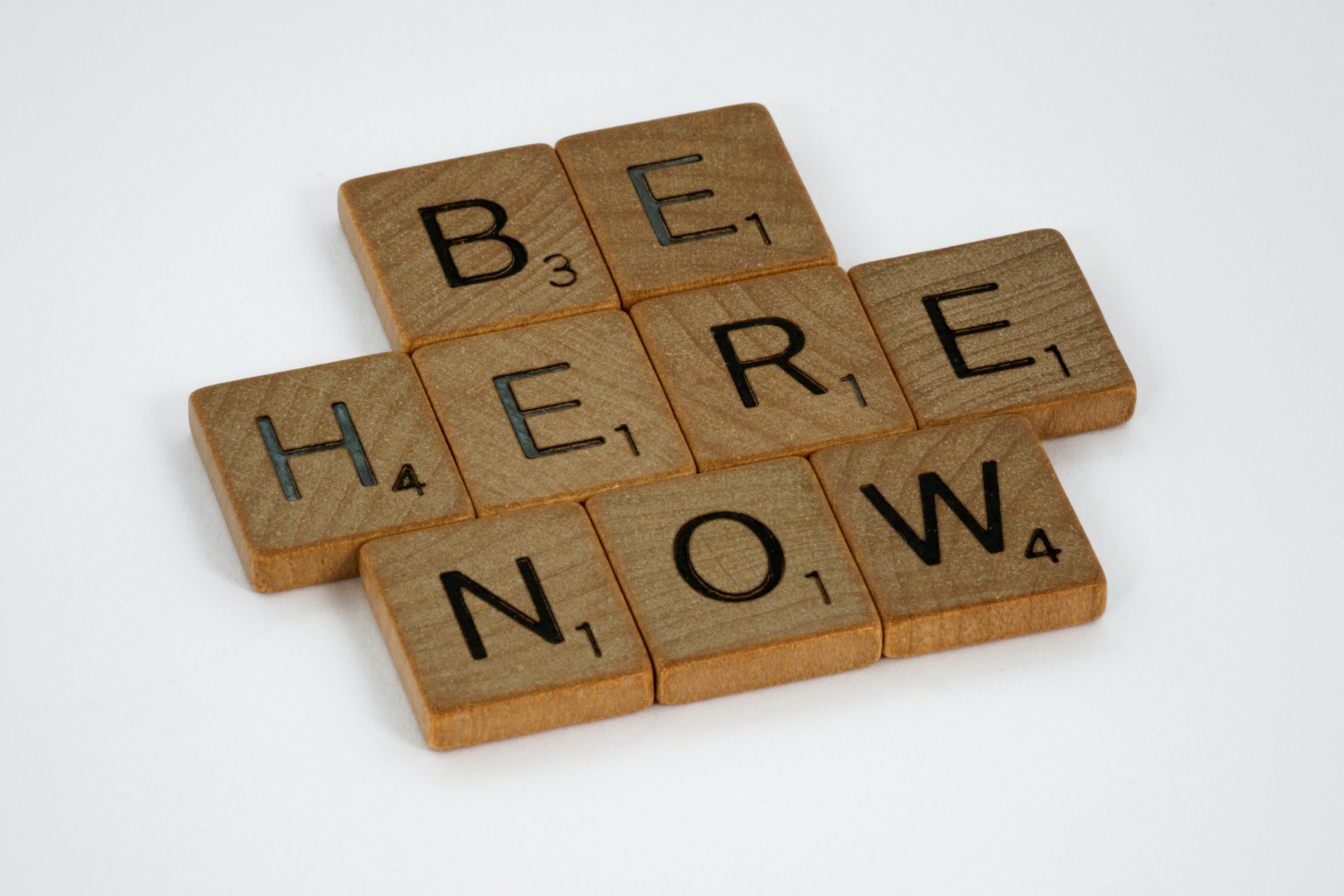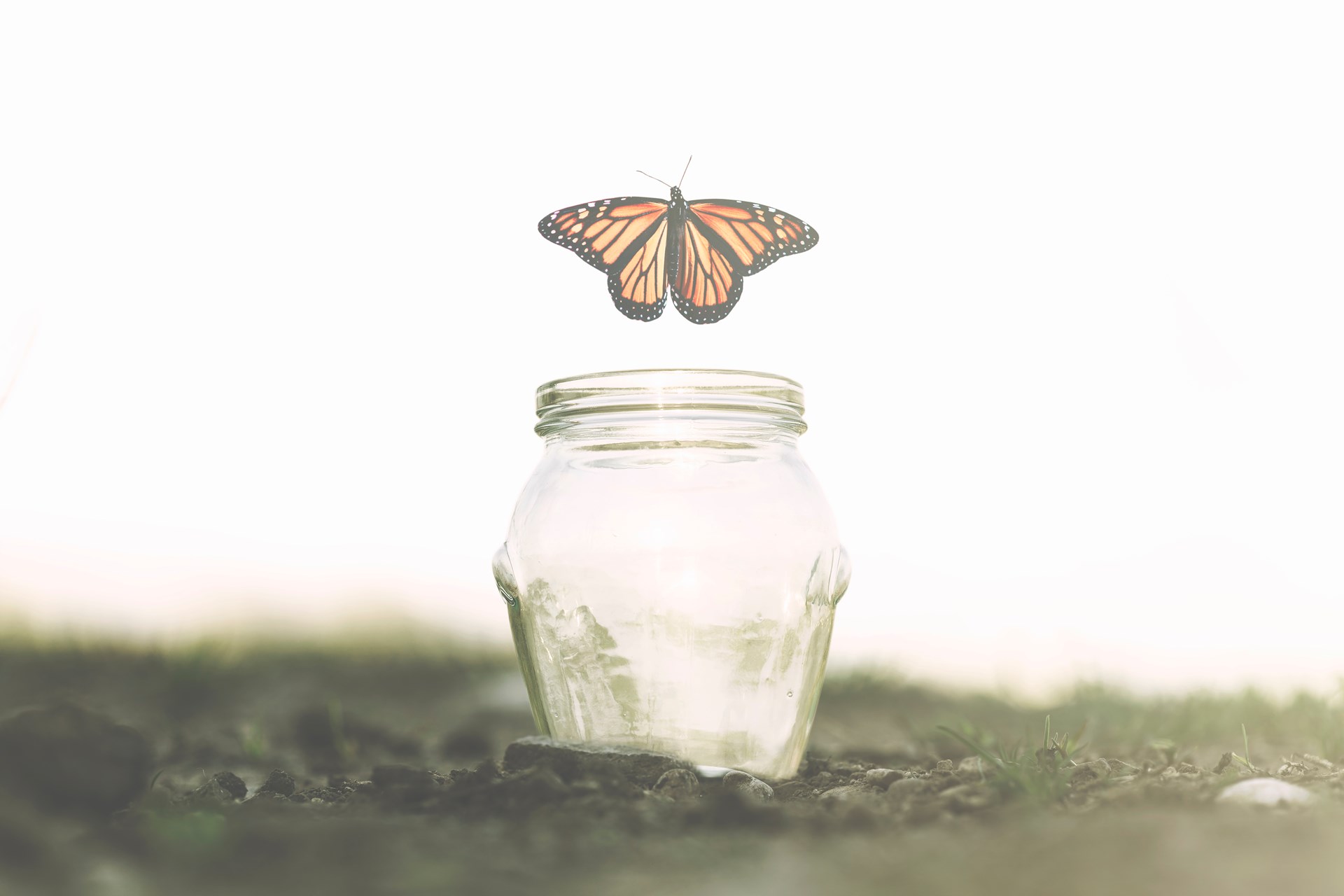As much as I like Mariah Carey as the Queen of Hearts in Alice in Wonderland, her superhuman vocals on the notes of All I want for Chrismas is you relentlessly remind me that Christmas and the end of the year are approaching. And suddenly everything speeds up and I find myself chasing my days.
This is the time of year when I need extra me-time; time where I can refocus, regenerate or where I can simply appreciate what seems to have no place in the pre-Christmas days: slowing down. These are the days when I realise how important meditation is for staying in touch with myself.
Precisely for this reason, I would like to share with you some tips to help you start a meditative practice, a practice that will help you cope with a time that, for many of us, can hide many challenges, both physically and emotionally. At Christmas, in fact, more than at other times of the year, we may feel fragile, inadequate, alone. We may feel crushed by expectations. We may have to deal with sadness and grief over significant losses.
To help you build your meditation practice, here is a series of tips and guidelines suitable for beginners, but also for those who have been meditating for a while. Of course, these tips come from my personal practice and are influenced by my understanding and practice of meditation. They are influenced by a specific type of meditation: mindfulness meditation. I therefore invite you to read them and put them into practice with a sense of openness and discovery.
Before I start with practical indications, I would like you to know some of the benefits of consistent meditation practice. In fact, several scientific studies have confirmed the following positive effects of meditation:
- Meditation can reduce stress
- Meditation can improve sleep
- Meditation can decrease blood pressure
- Meditation can help you manage pain
- Medition can improve your concentration

